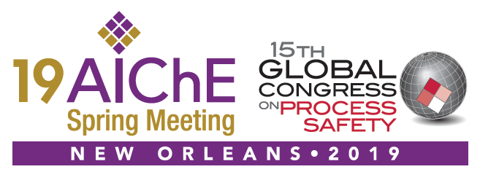

Flare Quantitative Risk Analysis (QRA) is a systematic approach to determine the adequacy of a flare header and can be applied to provide a more realistic assessment of the risk associated with vessel accumulation due to common mode scenarios, in accordance with API STD 521. The QRA process takes the results of a traditional flare study and adds QRA inputs such as the frequencies of the common mode scenarios, and the effects of instrumentation, operator intervention, and other layers of protection that tend to reduce the severity of the common mode scenario. The process generates a system risk profile, such as an accumulation versus frequency relationship for each vessel discharging to the relief header, which in turn can provide an estimate of the risk of catastrophic loss of containment associated with the relief header system. Flare QRA may reduce costs associated with perceived need to retrofit flare headers or construct new ones.
Experience has shown there are several challenges when performing QRA, including (a) how the system level risk is defined, (b) verification of reliability data used as QRA inputs, and (c) how considering only the individual equipment may skew the view of resulting risk. This paper discusses these challenges, as well as what results can be expected from Flare QRA and what issues (e.g., flare tip) are not addressed through this analysis process.
Presenter(s)
Once the content has been viewed and you have attested to it, you will be able to download and print a certificate for PDH credits.
If you have already viewed this content,
please click here
to login.
Language
Pricing
Individuals
| AIChE Member Credits | 0.5 |
| AIChE Pro Members | $19.00 |
| Employees of CCPS Member Companies | Free |
| AIChE Graduate Student Members | Free |
| AIChE Undergraduate Student Members | Free |
| AIChE Explorer Members | $29.00 |
| Non-Members | $29.00 |
